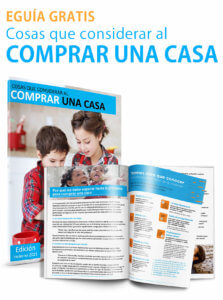A potential solution came earlier this year with the elimination the Standard Fixed-Rate Reverse Mortgage, which allowed consumers to receive large lump sums upfront at fixed interest rates. The problem was that most homeowners would use their lump sum to pay off large debts–mortgages, car payments and credit cards–at the beginning of their loan, run out of money, and be unable to pay their homeowners insurance and property taxes. Homeowners that were unable to pay their requirements, or keep up with their home maintenance, faced foreclosure for defaulting on their loan.
In order to better control the cash flow available to homeowners as well as prevent future foreclosures, the Department of Housing and Urban Development plans to include:an upfront financial assessment to determine a homeowner’s free cash flow, hazard insurance, utilities, credit scores and other forms of debt.The proposed requirements, while extensive, could potentially help reverse mortgage applicants live better during their retirement. For instance, if the borrower is found to have a precarious financial profile, funds from the loans would be set aside in order to cover future tax and insurance obligations. This proposed obligation would ensure that borrowers will be save from foreclosure while still having enough money from their reverse mortgage to live comfortably.What can, on the surface, look like a crack down on who can get a reverse mortgage, is actually a safeguard for future reverse mortgage applicants. The financial obligations associated with a reverse mortgage have always been there, this is just a way to make sure that borrowers are able to pay their financial obligations.
In addition, the HUD is also looking to cap reverse mortgage loans at lower amounts. For example, if a borrower, with bad credit, qualifies for a $300,000 lump sum, instead they will receive 60% of that amount ($180,000) and the rest will be set aside to pay for future financial obligations.
While this regulates the amount of money a borrower can potentially receive, it also creates the perfect environment for a HECM Saver (“Standby” Reverse Mortgage), which carries less upfront fees and a non-cancellable, tax-free line of credit but the amount a homeowner can borrow decreases by 10-18%. Withdrawals from the line of credit, however, can be made in unscheduled installments.Regulations are coming to reverse mortgages, sure, but are they all bad?
Interested in a reverse mortgage program? There are many options available to you with a reverse mortgage and plenty of ways to use it during retirement. Give PS Financial Services a call at (888) 845-6630 or email us at info@PSReverseMortgage.com. We do not pressure those who inquire, we’re just here to help.










